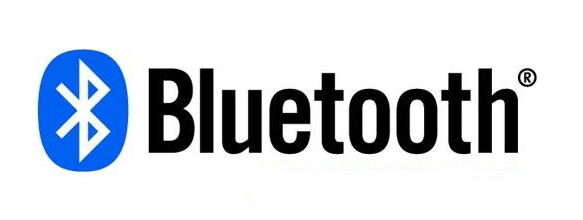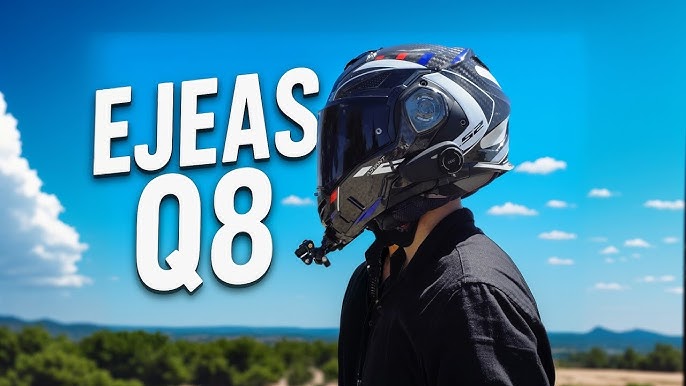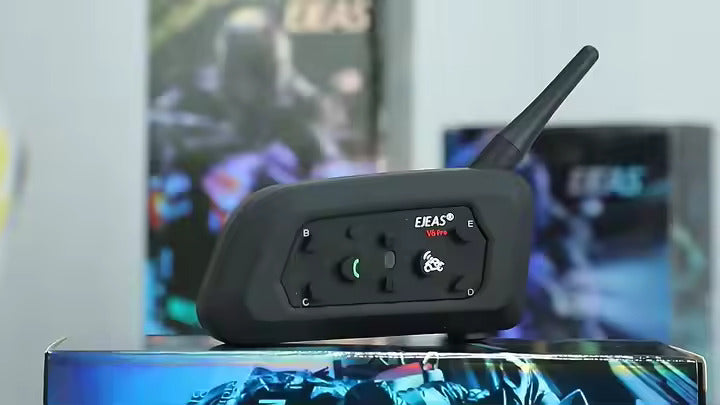Time and technology continues to march on and to survive. Through iterative and progressive version specifications, Bluetooth has and is responding to the challenges and opportunities. Most Bluetooth-based motorcycle communications headset systems use only a small slice of the capabilities provided or supported by Bluetooth.
But there are still a lot of “take-aways” from the various Bluetooth versions and as the motorcycling industry adopts more wireless technology, leveraging the functionality found in the latest versions is likely to happen. These “take-aways” — especially those related to power management, device connectivity and data or link capabilities — will continue to be implemented as enhancements to Bluetooth processors and systems. This will provide additional capabilities and performance improvements to the motorcycle helmet communications systems we now almost take for granted.

Bluetooth was originally designed as a “wire-replacement” or wireless communications protocol with low power consumption and short ranges; a capability deemed ideal for portable equipment and its intended uses. As a radio frequency or RF technology, Bluetooth communication is optimized when a clear line of sight is provided.
It is impacted by many factors, which can typically be summarized as design attributes; power requirements and implementation; the antenna; environmental issues (electrical and natural); and of course, distance.
Bluetooth 2.0 Or 2.1
Bluetooth version 2.0 or 2.1, with or without the Enhanced Data Rate (EDR) for faster data transfer.
Bluetooth 2.0 or Bluetooth 2.1 was initially used in most Bluetooth motorcycle helmet systems. With the development of technology, the current Bluetooth 2.0 or Bluetooth 2.1 Bluetooth motorcycle helmet systems basically does not exist.
One of the best outcomes from using Bluetooth 2.1 + EDR was the Secure Simple Pairing feature, that greatly improves the autonomic aspect of negotiation and pairing between disparate devices. Inherent with this feature is the fact that for many users, particularly in a cluttered Bluetooth environment, their devices will broadcast continually and either pair with other devices or try to pair, unless the user(s) have configured their devices to prevent this.
Bluetooth 3.0
Bluetooth 3.0 is a relatively stable technology in the Bluetooth motorcycle helmet systems. There are still many Bluetooth motorcycle helmet systems using Bluetooth 3.0 technology on the market.
One in particular — “Enhanced Power Control” — could provide benefits in that headset power output switching would be faster; something that would help mitigate link loss issues between paired devices.

Bluetooth 4.0
Most current Bluetooth motorcycle helmet systems are based on Bluetooth 4.0. The evolution of Bluetooth continues with the Core Specification for this version including “Classic Bluetooth, Bluetooth High Speed and Bluetooth Low Energy” protocols.
In Bluetooth 4.0, another layer of functional structure was added on the basis of version 3.0, and low-power mode was introduced. After the low-power mode is turned on, the power consumption of Bluetooth devices will be greatly reduced.
“Bluetooth Low Energy” — This subset could provide very tangible benefits regarding power management (active and idle), device discovery, and data transfer (link) requirements.
Implemented in low cost chips and used in compact and highly integrated devices, like the motorcycle Bluetooth headsets we use, greater performance would be realized.

Bluetooth 5.0
Bluetooth 5.0 is a relatively new technology in the Bluetooth motorcycle helmet system.
While can’t say right now if adopting Bluetooth 5.0 or subsequent specifications for motorcycle headsets will be a near or mid-term industry effort. But this also brings more expectations to our future Bluetooth motorcycle helmet system.






Share:
Motorcycle Equipments to Improve Your Riding Experience
Can Motorcycles Become a Safe Choice for Public Transport During Covid-19